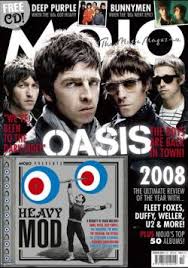For my AS media coursework I am designing a new music magazine. I would be grateful if you could take the time to fill this questionnaire out.
1. Are you male or female? Please circle
Male Female
2. Please state your favourite colour
3. How old are you? Please circle
16 17 18 19 20 21 22 23 24
4. How often do you buy a music magazine? Please circle
Weekly Fortnightly Monthly
5. How much do you pay for a music magazine?
6. Do you go to gigs or festivals? Please circle
Yes No
7. Do you download music or buy CDs? Please circle
Download CDs Both
8. Please state what you like about music magazines
9. Please state what you dislike about music magazines
10. Who is your favourite band or artist?
11. On a scale of 1-5 where 1 is the most important and 5 the least, how do you rate the following aspects of a music magazine. Please circle
Pictures 1 2 3 4 5
Competitions 1 2 3 4 5
Band interviews 1 2 3 4 5
Music Quiz 1 2 3 4 5
Articles 1 2 3 4 5
Gigs/concert info 1 2 3 4 5
Free gifts 1 2 3 4 5
New music releases 1 2 3 4 5
12. State 3 words that you would associate with indie music.
These were the questions I came up with for my questionnaire. I came up with a variety of questions which will help me to make decisions about the design, content such as interviews, price and the frequency of publication. Furthermore another reason for constructing a questionnaire is to make sure that my new magazine will appeal and be appropiate for the target audience, which is 16-24 year olds.



















